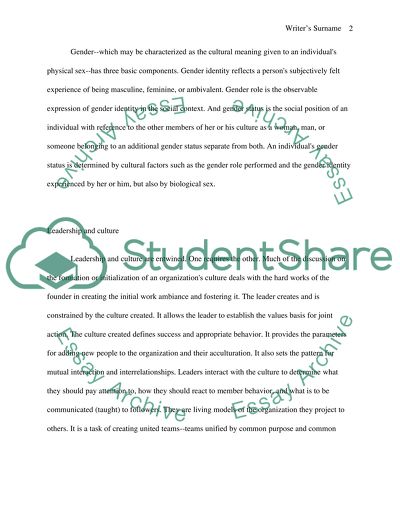Cite this document
(“The Affect of Culture and Gender on Leadership Essay”, n.d.)
The Affect of Culture and Gender on Leadership Essay. Retrieved from https://studentshare.org/sociology/1513251-the-affect-of-culture-and-gender-on-leadership
The Affect of Culture and Gender on Leadership Essay. Retrieved from https://studentshare.org/sociology/1513251-the-affect-of-culture-and-gender-on-leadership
(The Affect of Culture and Gender on Leadership Essay)
The Affect of Culture and Gender on Leadership Essay. https://studentshare.org/sociology/1513251-the-affect-of-culture-and-gender-on-leadership.
The Affect of Culture and Gender on Leadership Essay. https://studentshare.org/sociology/1513251-the-affect-of-culture-and-gender-on-leadership.
“The Affect of Culture and Gender on Leadership Essay”, n.d. https://studentshare.org/sociology/1513251-the-affect-of-culture-and-gender-on-leadership.


